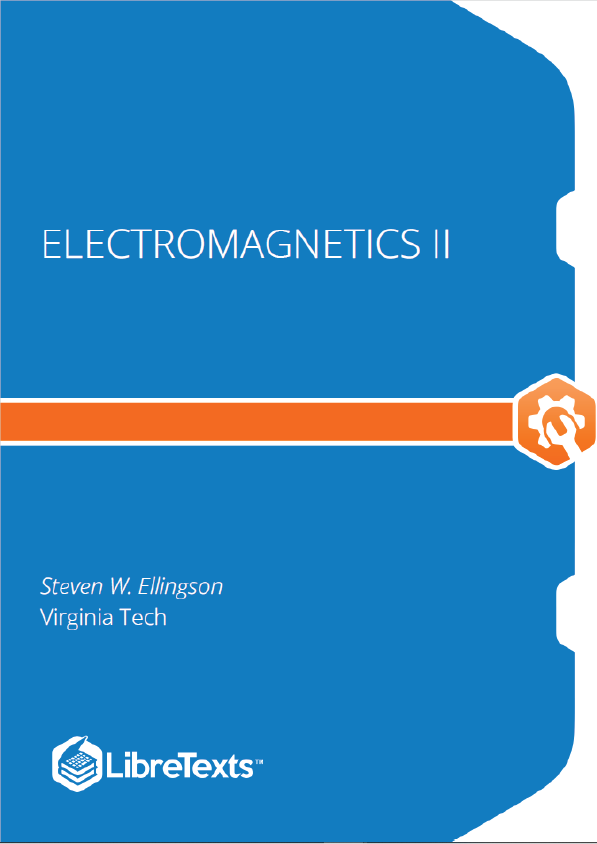Although SI is probably the most popular for engineering use overall, other systems remain in common use. For example, the English system, where the radius of the Earth might alternatively be said to be about 3959 miles, continues to be used in various applications and to a lesser or greater extent in various regions of the world. An alternative system in common use in physics and material science applications is the CGS (“centimeter-gram-second”) system. The CGS system is similar to SI, but with some significant differences. For example, the base unit of energy in the CGS system is not the “joule” but rather the “erg,” and the values of some physical constants become unitless. Therefore – once again – it is very important to include units whenever values are stated.
SI defines seven fundamental units from which all other units can be derived. These fundamental units are distance in meters (m), time in seconds (s), current in amperes (A), mass in kilograms (kg), temperature in kelvin (K), particle count in moles (mol), and luminosity in candela (cd). SI units for electromagnetic quantities such as coulombs (C) for charge and volts (V) for electric potential are derived from these fundamental units.
A frequently-overlooked feature of units is their ability to assist in error-checking mathematical expressions. For example, the electric field intensity may be specified in volts per meter (V/m), so an expression for the electric field intensity that yields units of V/m is said to be “dimensionally correct” (but not necessarily correct), whereas an expression that cannot be reduced to units of V/m cannot be correct.
Additional Reading:
- “International System of Units” on Wikipedia.
- “Centimetre-gram-second system of units” on Wikipedia.
Electromagnetic Field Theory- A Review
This book is the second in a series of textbooks on electromagnetics. This section presents a summary of electromagnetic field theory concepts presented in the previous volume.
Electric Charge and Current
Charge is the ultimate source of the electric field and has SI base units of coulomb (C). An important source of charge is the electron, whose charge is defined to be negative. However, the term “charge” generally refers to a large number of charge carriers of various types, and whose relative net charge may be either positive or negative. Distributions of charge may alternatively be expressed in terms of line charge density (C/m), surface charge density (C/m ), or volume charge density (C/m ). Electric current describes the net motion of charge. Current is expressed in SI base units of amperes (A) and may alternatively be quantified in terms of surface current density (A/m) or volume current density (A/m ).
Magnetostatics is the theory of the magnetic field in response to steady current or the intrinsic magnetization of materials. Intrinsic magnetization is a property of some materials, including permanent magnets and magnetizable materials. Like the electric field, the magnetic field may be quantified in terms of energy or flux. The flux interpretation of the magnetic field is referred to as magnetic flux density (SI base units of Wb/m ), and quantifies the field as a flow associated with, but not emanating from, the source of the field. The magnetic flux (SI base units of Wb) is this flow measured through a specified surface. Gauss’ law for magnetic fields states that i.e., the magnetic flux through a closed surface is zero. Comparison to Equation leads to the conclusion that the source of the magnetic field cannot be localized; i.e., there is no “magnetic charge” analogous to electric charge. Equation also leads to the conclusion that magnetic field lines form closed loops.











